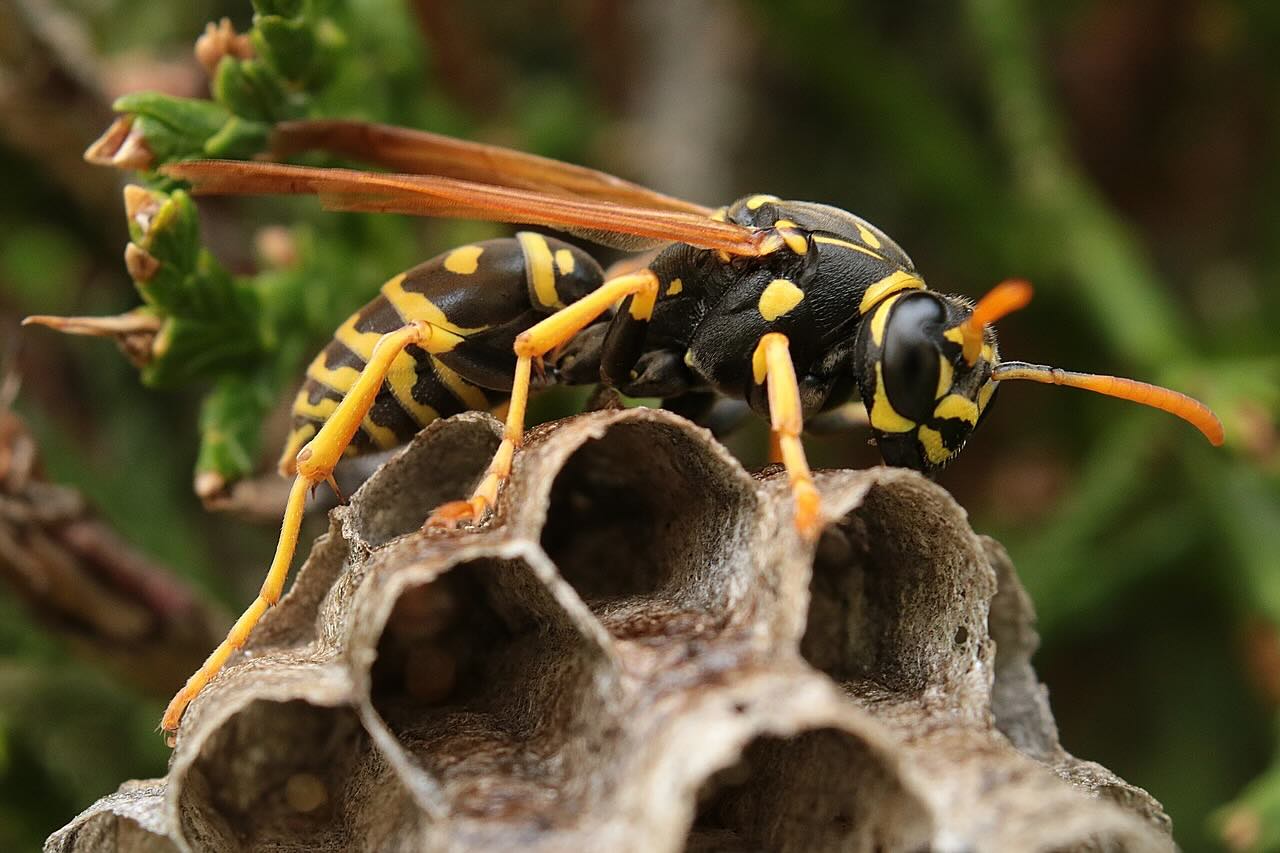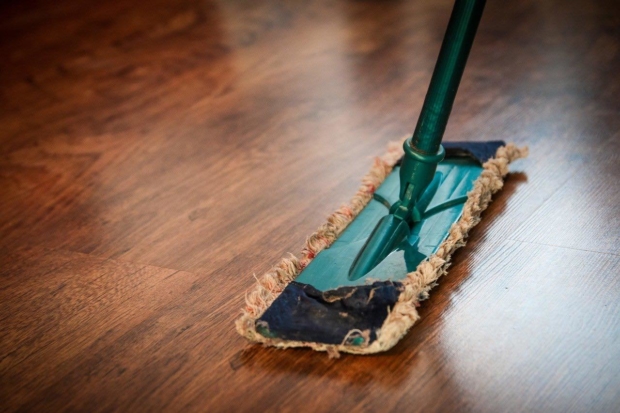Yellow jackets are among the most aggressive and feared insects in the insect world. Their distinctive black and yellow markings serve as a warning to potential predators and humans alike: stay away. These small, wasp-like creatures are known for their painful stings, which they can deliver repeatedly thanks to their unique yellow jacket stinger. Understanding what triggers their aggression is essential for avoiding unpleasant encounters. In this blog, we will delve into the factors that make yellow jackets angry and offer tips on how to coexist peacefully with these formidable insects.
Understanding Yellow Jackets
Yellow jackets are social wasps that belong to the genera Vespula and Dolichovespula. They are commonly found in North America and are particularly active during the late summer and early fall. Unlike bees, which can only sting once, yellow jackets have smooth stingers that allow them to sting multiple times. This ability, coupled with their aggressive nature, makes them a formidable adversary when provoked.
Yellow jackets play a crucial role in the ecosystem by controlling pest populations. They feed on other insects, such as flies and caterpillars, which benefit gardens and crops. However, their aggressive behavior can sometimes overshadow these benefits, especially when they feel threatened.
Factors That Trigger Yellow Jacket Aggression
Several factors can provoke yellow jackets and cause them to become aggressive. Understanding these triggers can help you avoid actions that might inadvertently anger them.
Disturbing Their Nest
One of the most common reasons yellow jackets become aggressive is when their nest is disturbed. Yellow jackets build their nests in various locations, including underground burrows, hollow trees, and even man-made structures like eaves and attics. If you accidentally stumble upon a nest or attempt to remove it without proper precautions, you are likely to provoke an aggressive response.
Yellow jackets are highly protective of their nests and will defend them vigorously. They perceive any disturbance as a threat to their colony and will attack in large numbers to eliminate the perceived danger. This is why it is essential to exercise caution when working in areas where yellow jackets are known to nest.
Food Sources
Yellow jackets are attracted to food sources, particularly those high in sugar and protein. During late summer and early fall, their natural food sources begin to dwindle, making them more aggressive in their search for sustenance. Picnics, barbecues, and outdoor gatherings are prime targets for yellow jackets, as they are drawn to the sweet and savory scents of human food.
If a yellow jacket finds food, it will often mark the location with a pheromone, signaling other yellow jackets to come and join the feast. If they feel their food source is being threatened or taken away, this can quickly lead to a swarm of angry yellow jackets.
Sudden Movements and Vibrations
Yellow jackets are highly sensitive to sudden movements and vibrations. Rapid or jerky movements near their nest or food sources can be perceived as a threat, triggering an aggressive response. This sensitivity extends to vibrations caused by lawnmowers, weed trimmers, or even loud noises.
When working or spending time outdoors, it is important to move slowly and deliberately to avoid startling any nearby yellow jackets. If you encounter a yellow jacket, remain calm and still until it moves away. Swatting at it or making sudden movements can escalate the situation and provoke an attack.
Bright Colors and Scents
Yellow jackets are attracted to bright colors and strong scents. Wearing brightly colored clothing or using heavily scented perfumes and lotions can draw their attention. This is particularly true for floral patterns, which can mimic the appearance of flowers and attract yellow jackets searching for nectar.
To reduce the risk of attracting yellow jackets, opt for neutral-colored clothing and unscented personal care products when spending time outdoors. This will make you less appealing to these aggressive insects.
Weather and Seasonal Changes
Weather and seasonal changes can also influence yellow jacket behavior. Yellow jackets are more aggressive during the late summer and early fall when their natural food sources become scarce. This is also the time when the colony reaches its maximum size, and competition for resources intensifies.
In addition, yellow jackets become more irritable during hot, dry weather. High temperatures and dehydration can exacerbate their aggressive tendencies, making them more likely to sting at the slightest provocation.
Preventing Yellow Jacket Encounters
Preventing encounters with yellow jackets requires a combination of awareness, precautionary measures, and respectful behavior. Here are some tips to help you avoid provoking yellow jackets and reduce the risk of stings.
Identify and Avoid Nests
The first step in preventing yellow jacket encounters is to identify and avoid their nests. Be aware of common nesting sites, such as underground burrows, hollow trees, and man-made structures. If you notice increased yellow jacket activity in a particular area, a nest is likely nearby.
If you need to work or spend time near a yellow jacket nest, consider wearing protective clothing and taking extra precautions to avoid disturbing the nest. In some cases, it may be necessary to contact a professional pest control service to safely remove the nest.
Secure Food and Trash
To prevent yellow jackets from being attracted to your outdoor activities, secure all food and trash. Store food in sealed containers, and dispose of garbage promptly in covered bins. Avoid leaving food and drinks unattended, as this can attract yellow jackets.
During outdoor gatherings, consider setting up a designated eating area away from the main activity to minimize the risk of yellow jacket encounters. Clean up any spills or food debris immediately to avoid attracting these insects.
Move Slowly and Calmly
When yellow jackets are present, move slowly and calmly to avoid startling them. If a yellow jacket approaches you, remain still and avoid swatting at it. In most cases, the yellow jacket will lose interest and move on if it does not perceive a threat.
If you find yourself in the midst of a yellow jacket swarm, cover your face and slowly walk away from the area. Do not run or make sudden movements, as this can provoke an attack.
Avoid Bright Colors and Strong Scents
Reduce your attractiveness to yellow jackets by avoiding bright colors and strong scents. Choose neutral-colored clothing and use unscented personal care products when spending time outdoors. This will make you less likely to attract the attention of these aggressive insects.
Keep Outdoor Spaces Clean
Maintaining clean outdoor spaces can help reduce the presence of yellow jackets. Regularly clean up fallen fruit, compost piles, and other potential food sources. Trim back vegetation and remove any debris that could provide shelter for yellow jacket nests.
What to Do if You Are Stung
Despite your best efforts, you may still find yourself on the receiving end of a yellow jacket sting. If you are stung, follow these steps to minimize pain and reduce the risk of complications:
- Remove the Stinger: Unlike bees, yellow jackets do not leave their stingers behind, so you do not need to worry about removing a stinger.
- Clean the Area: Wash the sting site with soap and water to prevent infection.
- Apply Ice: Apply an ice pack or cold compress to the sting site to reduce swelling and numb the pain.
- Take Antihistamines: Over-the-counter antihistamines can help reduce itching and swelling.
- Monitor for Allergic Reactions: Look for signs of a severe allergic reaction, such as difficulty breathing, swelling of the face or throat, or dizziness. If you experience any of these symptoms, seek medical attention immediately.
Conclusion
Yellow jackets are fascinating yet formidable insects that play an important role in the ecosystem. Understanding what makes yellow jackets angry is essential for avoiding painful stings and coexisting peacefully with these aggressive creatures. By being aware of their triggers and taking appropriate precautions, you can reduce the risk of provoking yellow jackets and enjoy your time outdoors without fear.
Remember, yellow jackets are not inherently malicious; they are simply defending their nests and searching for food to sustain their colony. By respecting their space and avoiding actions that might be perceived as threats, you can minimize the chances of an unpleasant encounter. Whether you are gardening, picnicking, or simply enjoying the great outdoors, a little knowledge and caution can go a long way in ensuring a harmonious relationship with these tenacious insects.







